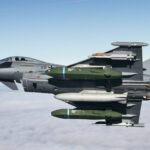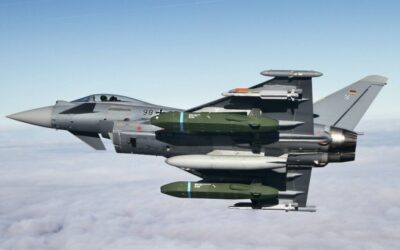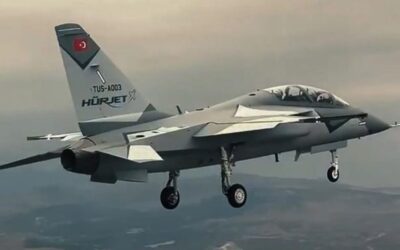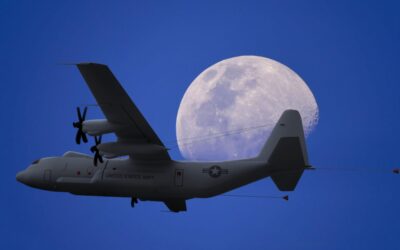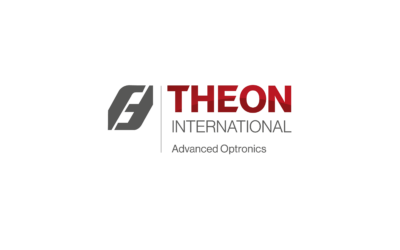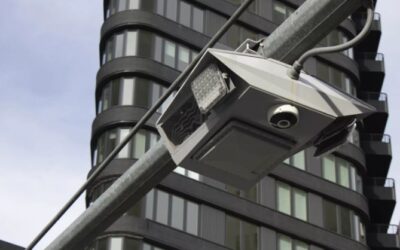The Bundeswehr and TAURUS Systems GmbH (a joint venture between MBDA and SAAB) have signed a contract for the maintenance and…
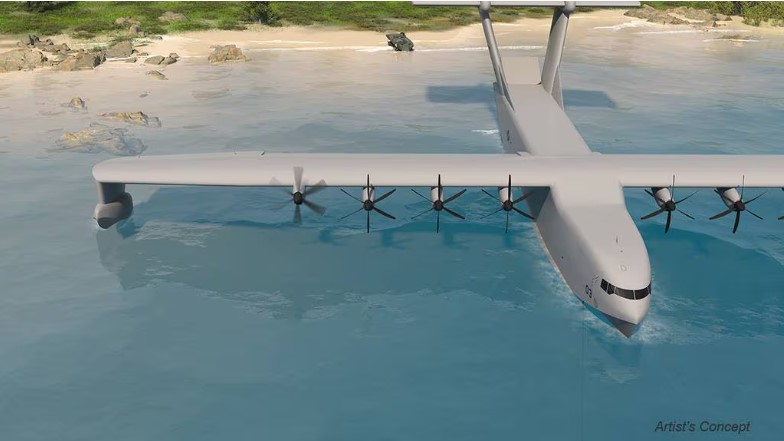
Aurora Flight Sciences will continue designing an experimental transport heavy cargo seaplane for the US military.
The Defence Advanced Research Projects Agency (DARPA) in February 2023 selected Aurora and General Atomics for the program, officially called the Liberty Lifter Seaplane Wing-in-Ground Effect.
However, DARPA ultimately chose not to proceed with General Atomics’ dual-hull design.
Also read: Sikorsky and DARPA test Black Hawk in autonomous flight – VIDEO
The Pentagon announced Thursday that Aurora, a subsidiary of Boeing, has received an $8.3 million contract modification to keep working on its seaplane design.
DARPA originally envisioned Liberty Lifter as having about the same size and capacity of a C-17 Globemaster transport aircraft, but has since scaled back the demonstrator program to about the size of a C-130 Hercules. But DARPA’s budget documents for fiscal 2025 show that a future Liberty Lifter aircraft could be built to roughly a C-17′s scale once there’s proof the concept works.
Liberty Lifter is also intended to be able to take off and land in sea state 4, or weather conditions that produce waves of up to about 8 feet, and could sustain operations even in sea state 5, or waves of up to 13 feet.
General Atomics proposed a version of Liberty Lifter with an unorthodox twin-hull design, which was intended to make the aircraft more stable on water. Concept art of General Atomics’ design showed the plane’s noses would have been lifted up to deploy cargo and allowed vehicles to directly roll onto the shore.
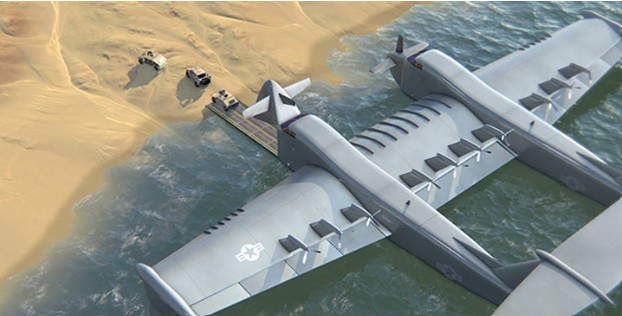
On the contrary, Aurora’s design was closer to a traditional seaplane with a single hull and high wings that angled down at the ends. In January, Aurora released an image of its updated design, which had moved the aircraft’s floats to its wingtips and changed its tail design. Aurora said the new tail, which would be shaped like the symbol for pi, would better accommodate the plane’s aft cargo door.
Aurora Flight Sciences is working on the aircraft with ReconCraft, a shipyard based in Oregon that has expertise with maritime manufacturing, and Leidos subsidiary Gibbs and Cox, a naval architecture and marine engineering company.
Aurora will now continue to design its Liberty Lifter and reduce its risk, as it gets ready for a preliminary design review in early 2025, according to DARPA.
If the design review is successful, DARPA noted Aurora will continue refining the design and then build its Liberty Lifter. After that point, DARPA said, Aurora will float, fly and then demonstrate Liberty Lifter’s capabilities, with its first flight intended to occur in late 2027 or early 2028.
Also read: Philippines | Announces acquisition of three C-130J-30 Super Hercules aircraft
READ MORE
Turkey – Spain | Memorandum of Cooperation for the Development of Turkish Hurjet Training Aircraft
Turkey and Spain have signed a Memorandum of Understanding (MoU) to develop Turkish-made Hurjet trainer-light fighter aircraft.
Northrop Grumman | Winner of the US Navy’s Next E-130J Aircraft Development Program
Northrop Grumman won the $3.5 billion contract for the US Navy’s E-130J nuclear command, control, and communications (NC3)…
Losses for North Korea in Ukraine | 1,100 soldiers have been killed or wounded
North Korea’s losses in the Russia-Ukraine war are heavy, as more than 1,000 North Korean soldiers have been killed or injured…
THEON INTERNATIONAL | Projection for continued growth for the financial year 2025 with a high margin for profitability
THEON INTERNATIONAL PLC (THEON) has announced its projections for the financial year 2025. Revenue is expected to…
Greece | PDPA’s “yes” to Placing Police Cameras on the Streets
The Personal Data Protection Authority gave the green light to the Hellenic Police’s placement of cameras on the streets to prevent and…
MBDA | Modernising TAURUS Missiles for the Bundeswehr
The Bundeswehr and TAURUS Systems GmbH (a joint venture between MBDA and SAAB) have signed a contract for the maintenance and…
Syria | New Minister of Defence Murhaf Abu Kasra
Syria’s new leaders have appointed Murhaf Abu Kasra, a prominent figure among rebels who ousted Bashar al-Assad, as…
Turkey – Spain | Memorandum of Cooperation for the Development of Turkish Hurjet Training Aircraft
Turkey and Spain have signed a Memorandum of Understanding (MoU) to develop Turkish-made Hurjet trainer-light fighter aircraft.











